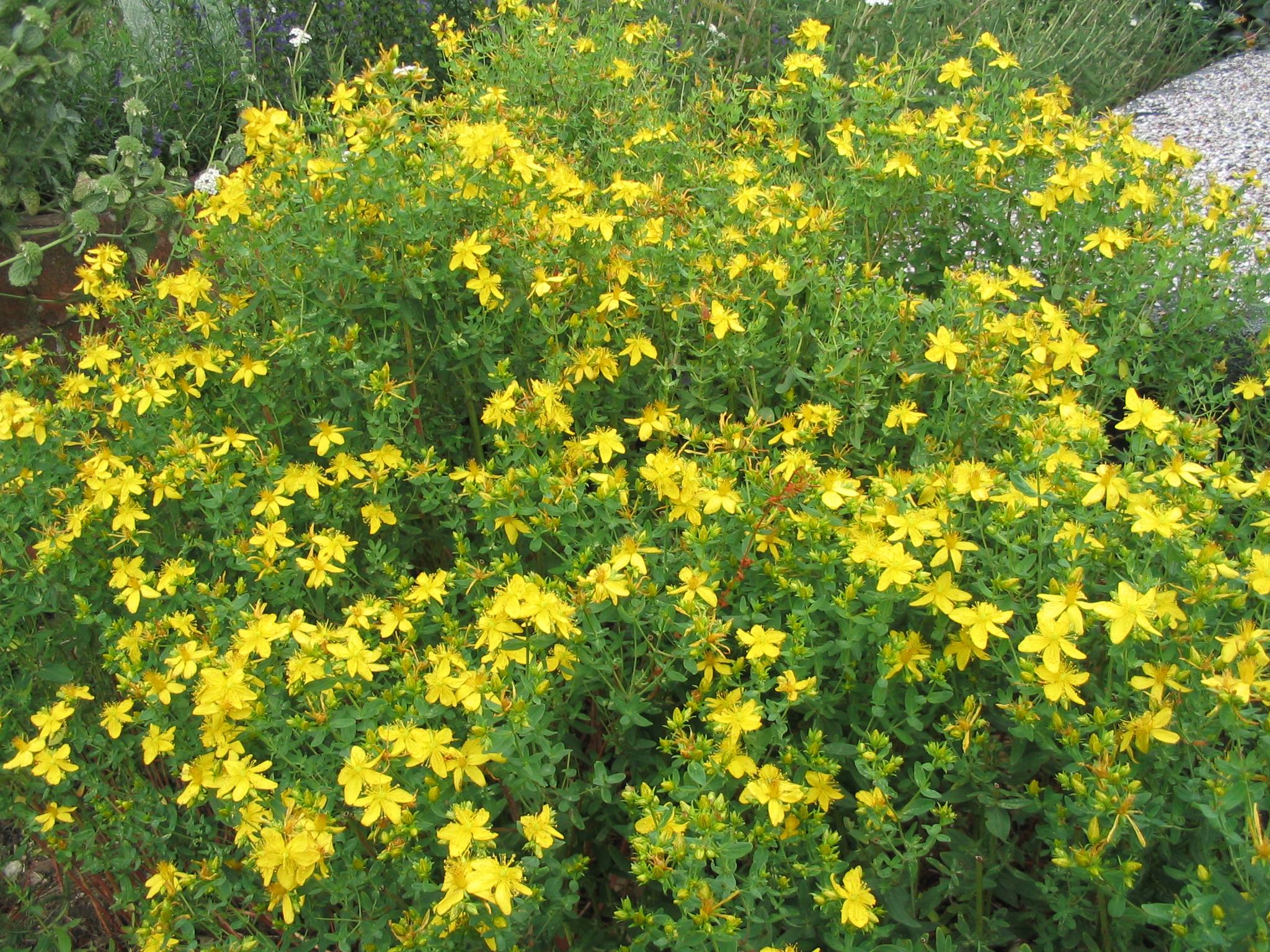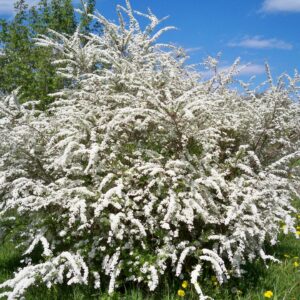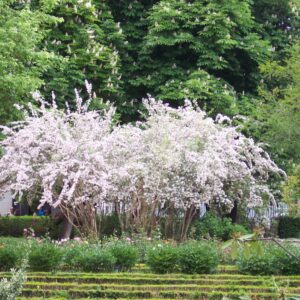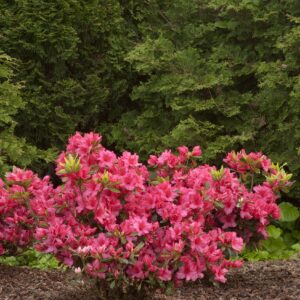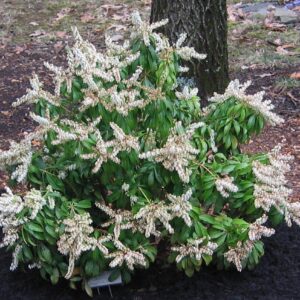Description
St Johns Wort Characteristics
In Pennsylvania, there are two popular varieties of St. John's Wort. Both are similar in appearance with slight differences in size.
Kalm St. John's Wort (Hypericum kalmianum) are native to the American Great Lakes. Their soil tolerance can range from dry hillsides to damp lake banks and streams. They typically reach only to 3' and bloom from July to August.
Golden St. John's Wort 'Sunburst' (Hypericum frondosum) grows up to 4' and is native to the American south. This variety is used to hotter and drier climates than its counterpart and is more susceptible to root rot in poorly drained soils. Golden St. John's Wort blooms from June to July.
-
USDA Climate Zone
Zones 4 - 8
-
Height
2.00 - 4.00'
-
Spread
2.00 - 4.00'
-
Bloom Time
June - August
-
Water
Medium
-
Sun
Full Sun - Part Shade
-
Maintenance
Low
-
Deer Resistant?
Yes
